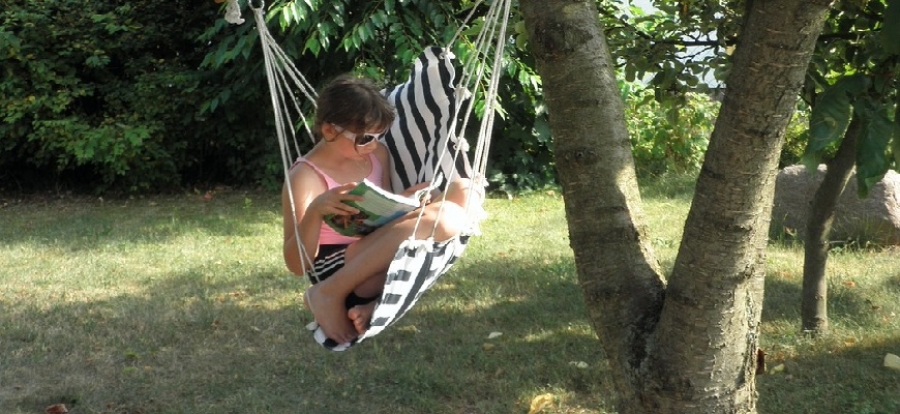The new English curriculum places higher expectations on spelling ability and the importance of Shakespeare. Looking back, these are the two areas of literacy that I struggled with most as a child. In fact, I still struggle with them now from time to time. If we aim to raise the bar when it comes to what is expected of our children, then it is high time that we raise the standard of our English lessons too. Without innovation, our children may only experience frustration and boredom if literacy simply becomes an exercise in memorising dense Shakespearean passages.
I believe that moving literacy lessons outdoors will inspire our children. Learning in the natural world is a great way to stimulate the imagination and let student’s burgeoning creativity enhance their understanding of what they’re reading. Getting children excited about reading in school is the key to ensuring that they read when they get home too. From woodlands to fields, the outdoors is captivating to children. By integrating literacy into that environment, we will strengthen both their understanding and their interest.
For younger learners, it’s important to have spaces where they feel comfortable and relaxed. The classroom can feel like a high pressure environment as children begin to realise there is an expectation for them to finish tasks to a certain standard. Sitting in a circle on logs or on the grass for storytime can create a safe, low pressure environment that encourages children to contribute more freely.
As learners begin to practise their ABCs, the outdoors can provide many creative ways to improve their comprehension. Drawing letters into the mud with sticks, making letter shapes using sticks and stones, and practising writing on paper in the outside world can reinforce what has been demonstrated inside the classroom, especially for those children who learn better from movement and touch than they do from reading and listening.
Role playing is an important aspect of literature as it promotes cognitive, social and emotional development in children. The imaginative act of ‘being in someone else’s shoes’ helps them to empathise with others and express emotions more freely. For early years, role play is about making sense of the world. By the time children reach KS2 and KS3, role play is vital for making sense of the story and the characters, especially when it comes to Shakespeare.
For early years learners, role play can be as simple as walking in a line through the woods like the seven dwarfs in Snow White. As they become more comfortable with role play activities, problem solving can be introduced. How will the three Billy Goats Gruff cross the river when the fearsome troll is living under the bridge? Can the kids think of any alternative endings to the fairy tale? What would they do differently?
Even as an adult, my experiences of literature in the natural world are the most memorable. One warm summer evening, I attended a magical promenade theatre performance. The audience had no fixed seat, but instead followed the actors around from scene to scene. The play was Shakespeare’s Midsummer Nights Dream, and in a park in Oxfordshire. I saw the play come alive. It was the first time I felt truly immersed in that world, walking around with the characters at dusk.
Understanding and remembering the story is the essential groundwork to comprehending all of the written words, and the outdoors can play an integral role in that. The four walls of a classroom can be a restrictive space when it comes to using imagination and developing understanding. In comparison, the outside world is a learning environment that has no physical restrictions and no imaginative limitations.
Have you used outdoor learning in English lessons? Let us know in the comments.


















